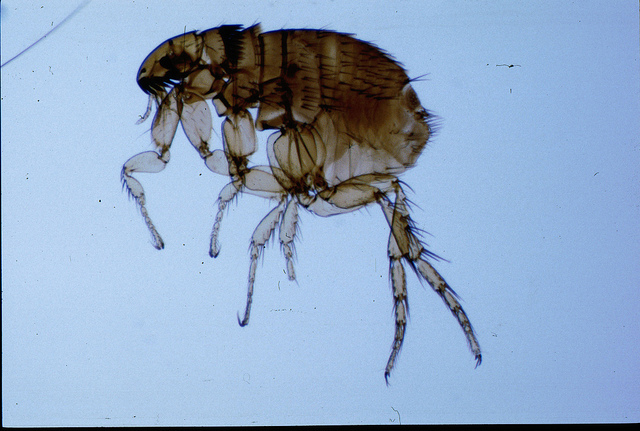It starts with a fever, fatigue, and flu-like symptoms. You also might get a rash. Sound like Zika? It could be. But if you live in South Texas – and increasingly, other parts of the state as well – it might be another previously uncommon tropical disease that’s making a comeback.
A new study from the Baylor College of Medicine has found that cases of typhus, a bacterial infection, have been steadily rising over the past decade. While the disease was actually fairly common in the United States in the early part of the 20th century, typhus was largely contained with efforts to control the flea population – which are vectors for the disease.
“When you look back historically, in the 1940s-50s, we had thousands of cases,” says Dr. Kristy Murray, lead researcher for the survey. “Then, with DDT, we were able to eliminate the vector, eliminate the disease pretty much altogether.”
Since then, the disease has persisted to a much lesser degree in the southern part of the state – Murray says there have been a handful of human cases in the Rio Grande Valley over the years. But now, typhus is showing up in other parts of the state, and in larger numbers.
“We saw basically 20-30 cases a year happening down in the Valley, and then we got to over 200 cases a year getting to 2013,” Murray says. “We’re starting to see this increase – and its not just in the Valley, but its increasing geographically as well. And we’re not really as to sure why.”
She says the threat of typhus is raising some concern among the medical community because of the rapid rate that infections have increased over the past few years.
“We’re seeing now three to four cases diagnosed per week, so this is something that is all of a sudden really taking off here, especially this summer and last summer. That’s what prompted us to do this study,” Murray says. “If we’re just beginning to see what’s going to happen, this could really potentially explode in the coming years.”
















